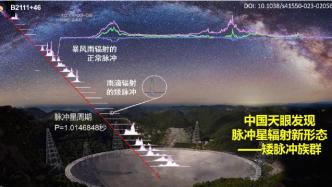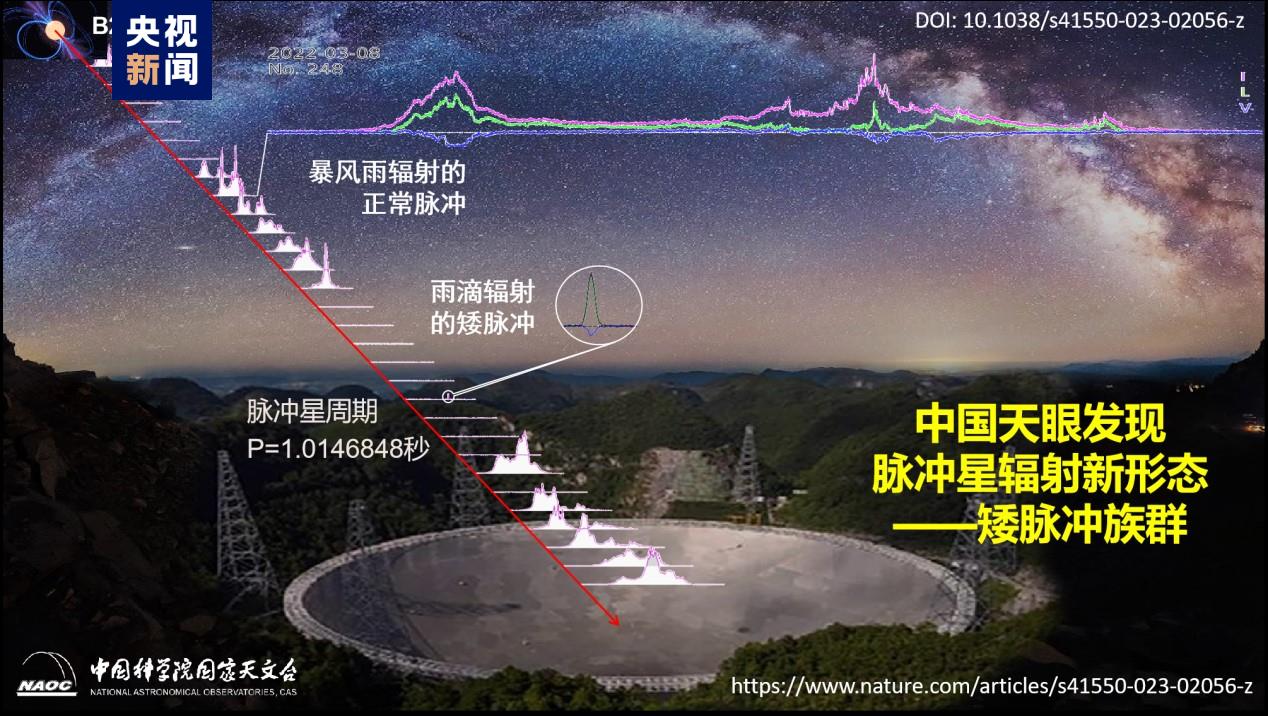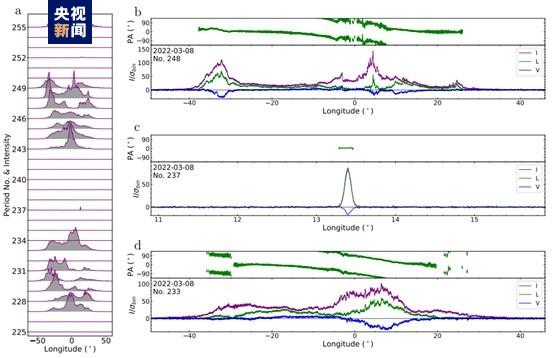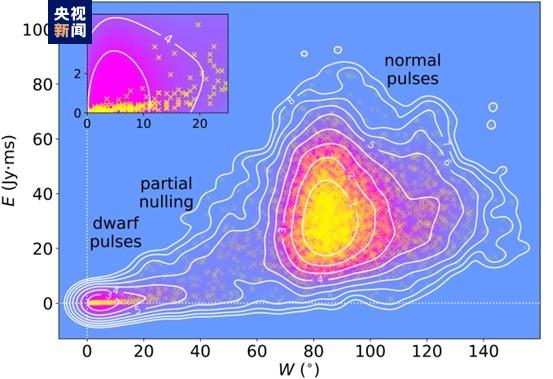
On August 18th, Beijing time, the international scientific journal "Nature·Astronomy" published the new results of the Wang Shouguan sky survey commando led by researcher Han Jinlin of the National Astronomical Observatory of the Chinese Academy of Sciences. The team successfully detected and analyzed a batch of pulsars using China Sky Eye FAST The sporadic raindrop-like weak short pulse radiation in the magnetosphere of B2111+46 is a new form of pulsar radiation that is difficult to observe by other radio telescopes in the world. It reveals that when the pulsar radiation is on the verge of extinction, the magnetosphere structure unchanging physical facts.

Pulsars typically radiate radio signals periodically as they rotate. However, some pulsars often completely extinguish their radiation during certain periods, a phenomenon known as "pulse nulling". The possible physical reasons for the nulling of the pulse include: changes in the structure of the magnetosphere and the radiation region; the insufficient induced potential of the pulsar prevents the cascade process of the discharge spark and the electron-positron pair from occurring; the plasma in some regions of the other magnetosphere floods the pulse The induced electric field area of the star, etc. Since the pulsar radiation is extinguished, there is no radiation at all, and the structure and physical characteristics of the magnetosphere are difficult to detect. Therefore, the physical mechanism of "pulse nulling" has been difficult to determine.

FAST deconstructs the radiation of each cycle of pulsar B2111+46 with ultra-high sensitivity, and the 237th pulse is a special short pulse.
When using FAST to search for pulsars, the team found that a known pulsar B2111+46 still had sporadic faint and narrow pulses in the state of "pulse zeroing" by carefully processing the data. Named runt pulse. Afterwards, researchers conducted a 2-hour verification observation of the star and obtained more than 100 short pulses, which were clearly separated from normal pulses in the distribution of pulse intensity and width, forming an independent radiation group. FAST has ultra-high sensitivity, and the precise polarization measurement results of short pulses show that compared with normal pulses, the magnetosphere structure in the short pulse radiation region is basically unchanged, but it is easier to become strong in the high frequency band in short pulses. Finely measuring the inversion spectrum of single particle droplet radiation is quite rare in past astronomical observations.

The dwarf pulses of pulsar B2111+46 are obviously separated from normal pulses in terms of pulse width and radiation energy, and become a new form of pulsar radiation.
The pulsar B2111+46 is relatively old, and it is already located in the "death valley" of pulsars, so the "pulse zeroing" is probably due to the radiation instability caused by the induced potential and insufficient particle acceleration energy of the old pulsar. The normal pulse of the pulsar is radiated by the steady acceleration of a large number of charged particles, producing a large number of "thunderstorm" particle droplets, while the dwarf pulse is formed by one or a few of the dying pulsar in a fragile and unstable state. generated by particle droplets.
The team also detected a small number of dwarf pulses in the "pulse-nulling" regime of several other pulsars. This new state of extremely weak emission patterns can only be detected with extremely sensitive telescopes like FAST.
The discovery of the dwarf pulse population has opened a new window for the study of pulsar radiation problems, and has important scientific significance for revealing the physics of the pulsar magnetosphere and its extreme plasma environment.


